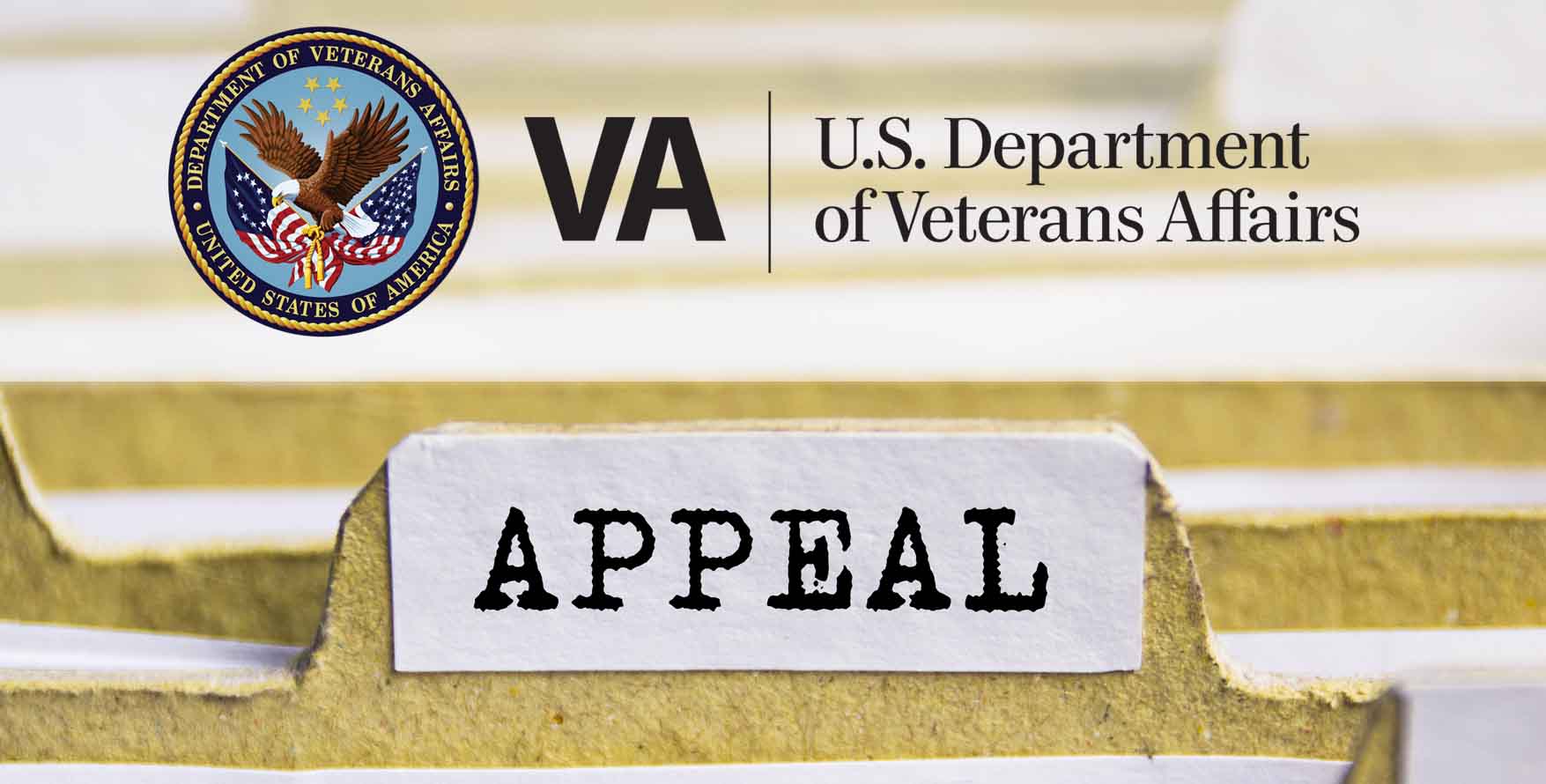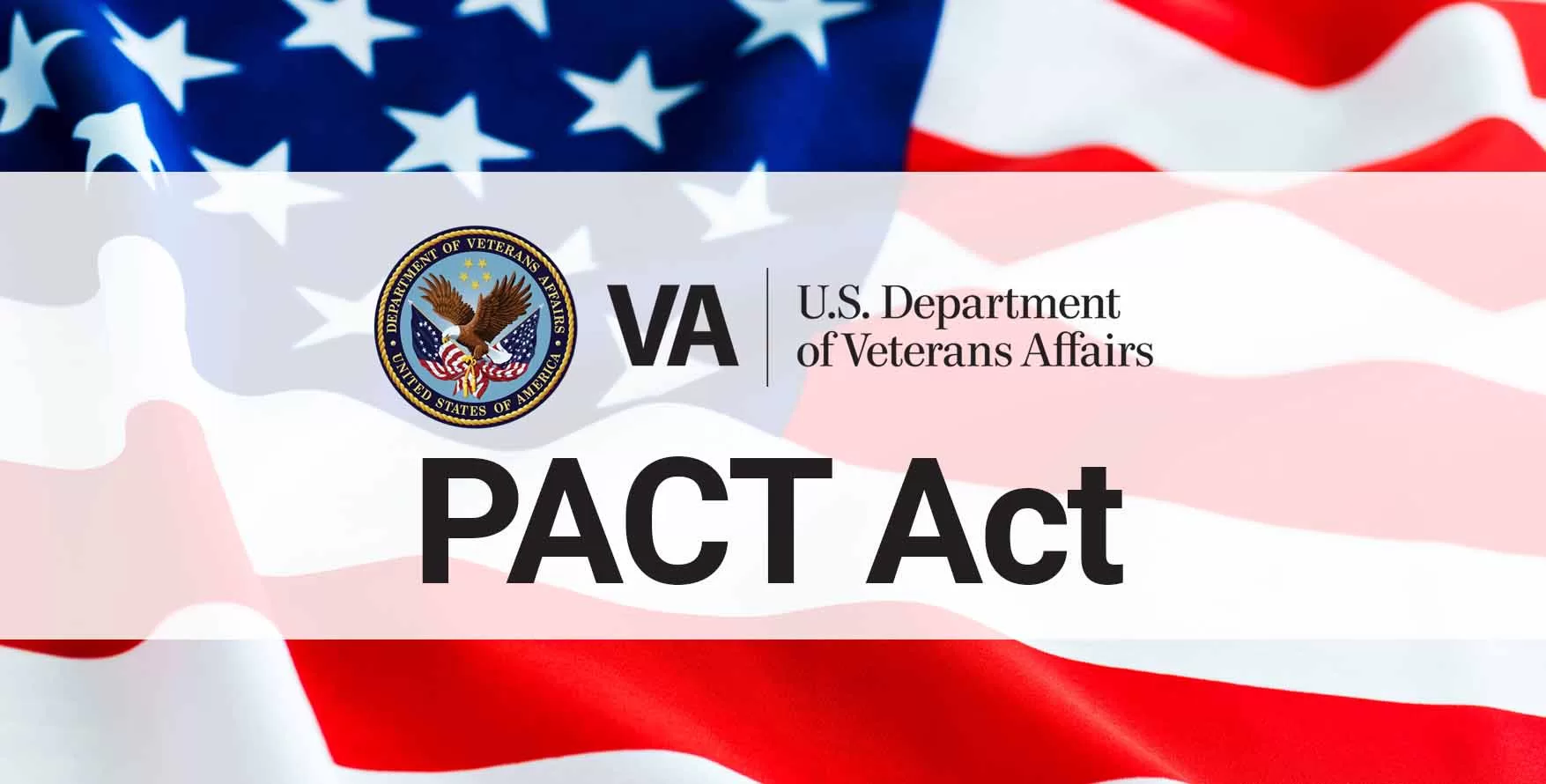Introduction
When a veteran submits a claim for disability benefits through the Department of Veterans Affairs (VA), they may not always agree with the VA’s decision. Fortunately, the VA has an appeals process in place to allow veterans to dispute the decision and seek a more favorable outcome. In this guide, we will provide a detailed overview of the Veterans Appeals Process, the various steps involved, and the options available to veterans at each stage of the process.
Related Articles:
- How to Apply for Disability Compensation as a Veteran: A Step-by-Step Guide
- Understanding the VA’s Disability Rating System: A Comprehensive Guide
- A Comprehensive Guide to Navigating Veterans’ Benefits and Entitlements
I. The Veterans Appeals Process
An Overview The Veterans Appeals Process is a multi-step system designed to provide veterans with the opportunity to challenge the VA’s decisions on their disability claims. The process begins when a veteran receives a decision from the VA and chooses to file a Notice of Disagreement (NOD). From there, the process consists of several key stages:
- Notice of Disagreement (NOD)
- Supplemental Claim
- Higher-Level Review
- Board Appeal
- Court of Appeals for Veterans Claims
Each of these stages offers different options and procedures for the veteran to present their case and potentially receive a more favorable decision.
II. Notice of Disagreement (NOD)
The first step in the appeals process is filing a Notice of Disagreement (NOD). The NOD is a formal statement submitted by the veteran, expressing disagreement with the VA’s decision. The NOD must be filed within one year of receiving the VA’s decision. Once the NOD is submitted, the veteran can choose one of the following options: Supplemental Claim, Higher-Level Review, or Board Appeal.
III. Supplemental Claim
A Supplemental Claim is an option for veterans who have new and relevant evidence to support their disability claim. This evidence may include updated medical records, statements from witnesses, or any other documentation that can help prove the veteran’s case. When submitting a Supplemental Claim, the veteran must include all relevant new evidence. The VA will then review the evidence and issue a new decision. If the veteran is still dissatisfied with the decision, they can file another NOD and choose a different option.
IV. Higher-Level Review
The Higher-Level Review option allows the veteran to request a more experienced VA reviewer to examine their case. This option does not involve submitting new evidence; instead, the reviewer will assess the existing evidence and VA’s initial decision. If the reviewer finds an error or disagrees with the initial decision, they can overturn or revise the decision. If the veteran remains unsatisfied, they can file another NOD and choose a different option.
V. Board Appeal
A Board Appeal is the process of taking the case before the Board of Veterans’ Appeals (BVA). At this stage, the veteran can choose one of three options:
- Direct Review: The BVA will review the case without considering new evidence or holding a hearing. This is the fastest option.
- Evidence Submission: The veteran can submit new evidence within 90 days, but no hearing will be held.
- Hearing: The veteran can request a hearing with a Veterans Law Judge, where they can present their case and any additional evidence.
After reviewing the case, the BVA will issue a decision. If the veteran is still dissatisfied, they can appeal the decision to the Court of Appeals for Veterans Claims.
VI. Court of Appeals for Veterans Claims
If the veteran disagrees with the BVA’s decision, they can appeal to the Court of Appeals for Veterans Claims (CAVC). The CAVC is an independent federal court that reviews BVA decisions. The veteran must file a Notice of Appeal with the CAVC within 120 days of the BVA’s decision. The CAVC will review the case and issue a decision. If the veteran is still dissatisfied with the CAVC’s decision, they may have the option to appeal further to the United States Court of Appeals for the Federal Circuit and, ultimately, the United States Supreme Court. However, these higher courts only consider cases with significant legal issues and do not typically review factual disputes.
VII. Tips for Navigating the Veterans Appeals Process
- Be Timely: Keep track of important deadlines for each stage of the appeals process. Missing a deadline can result in a denial of your appeal or the need to start the process over.
- Stay Organized: Maintain accurate and up-to-date records of your disability claim, medical history, and any correspondence with the VA. Organized records can help streamline the appeals process and improve your chances of success.
- Seek Assistance: Navigating the Veterans Appeals Process can be complex and overwhelming. Consider reaching out to a Veterans Service Organization (VSO), accredited representative, or attorney to help guide you through the process and advocate on your behalf.
- Be Persistent: The appeals process can be lengthy and challenging. Stay persistent and continue advocating for the benefits you believe you are entitled to.
Conclusion
Understanding the Veterans Appeals Process is crucial for veterans who disagree with the VA’s decision on their disability claim. By familiarizing yourself with each stage of the process and the options available, you can effectively navigate the system and advocate for the benefits you deserve. Remember to be timely, stay organized, seek assistance when needed, and remain persistent in your pursuit of a more favorable decision.




